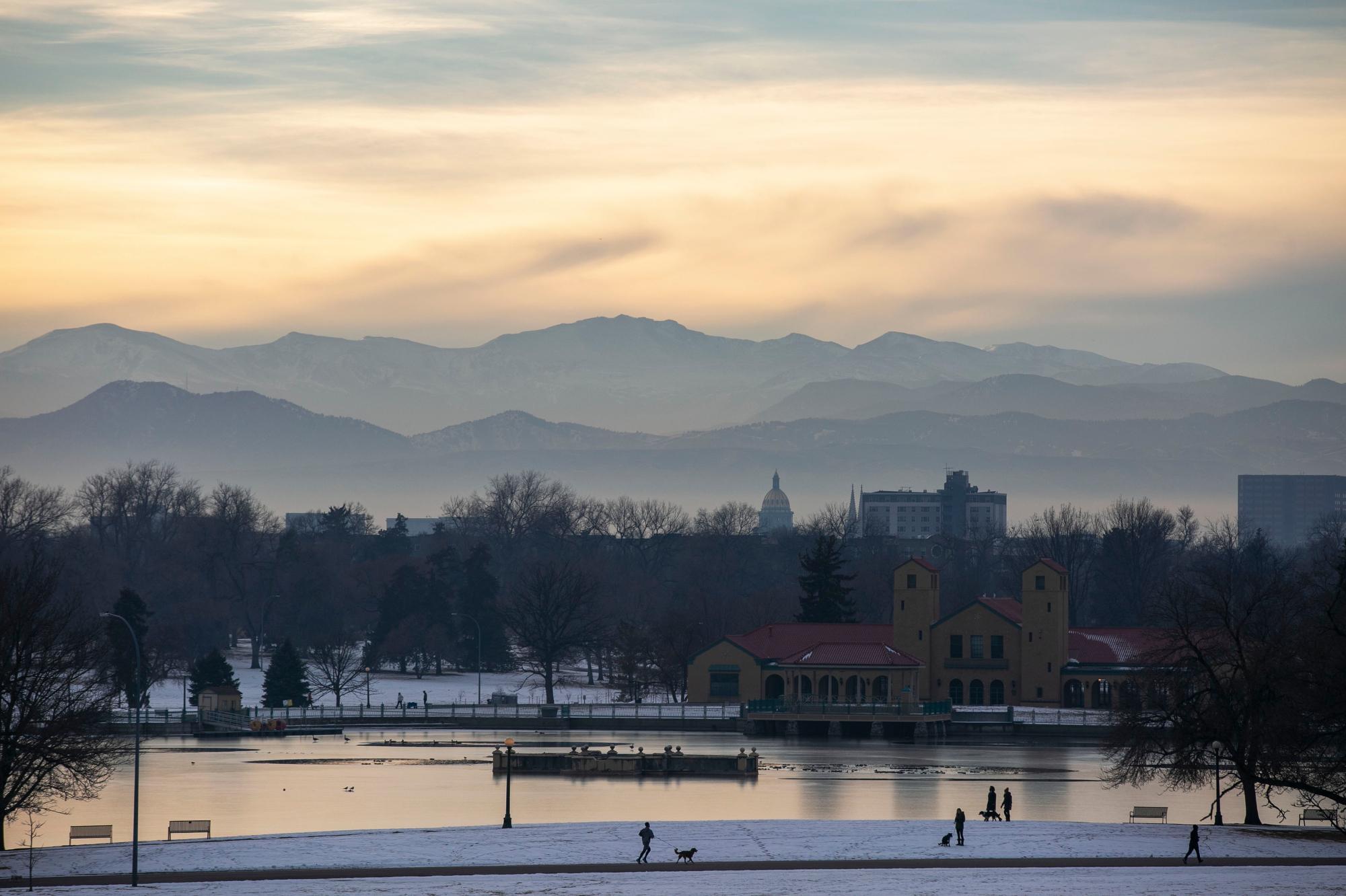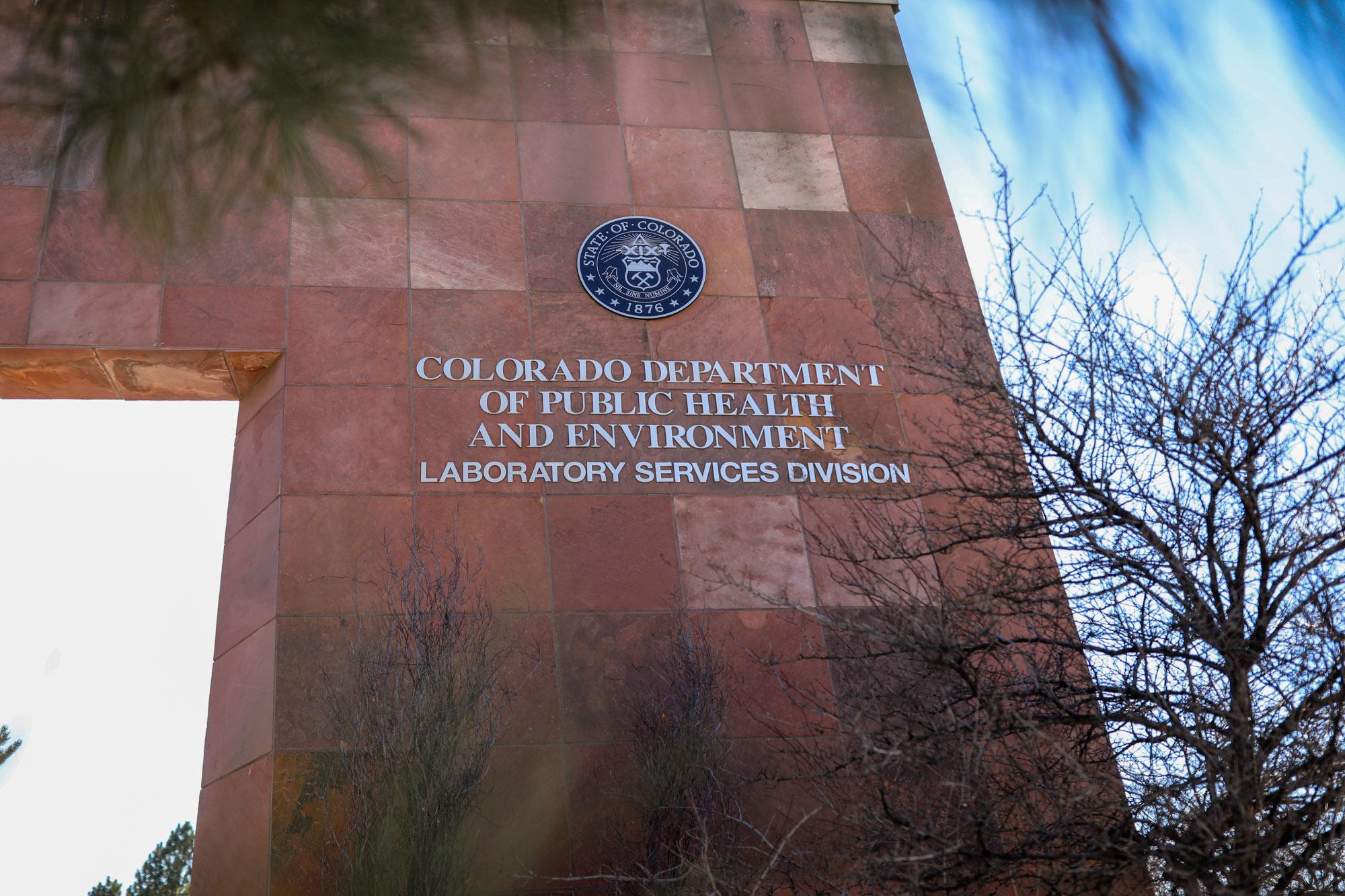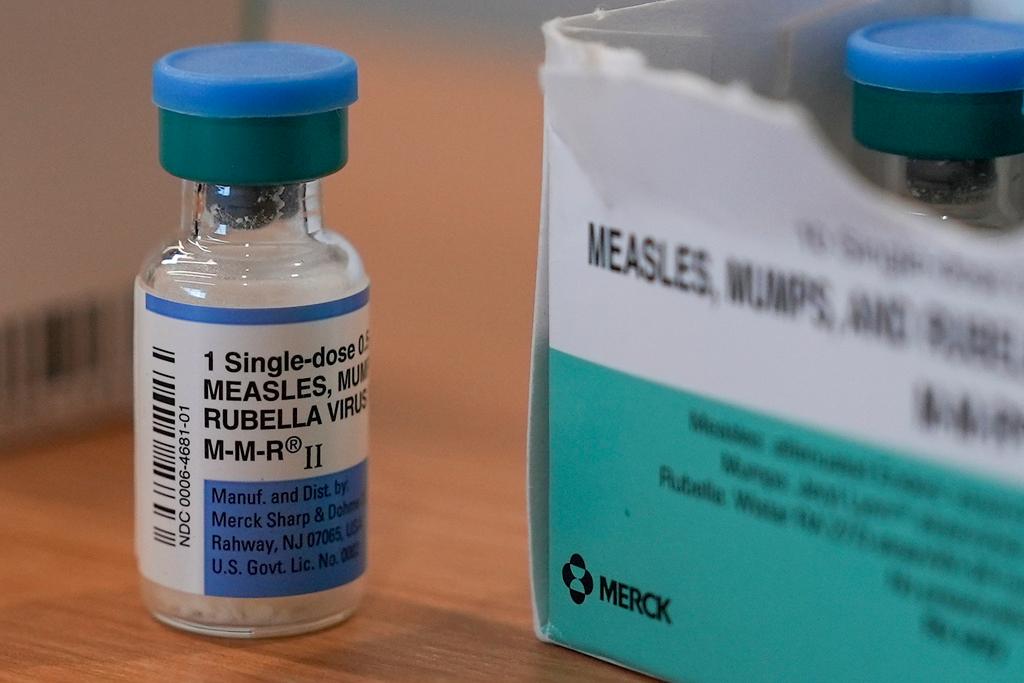
Colorado’s population grew by nearly 15 percent between 2010 and 2020, according to U.S. Census Bureau data released Thursday.
That brought Colorado's population from 5 million in 2010 to about 5,750,000 this year. Most of the population growth, as evidenced by a decade of increased traffic and home prices, occurred along the Front Range.
Denver County added 115,364 new residents. El Paso County, home to Colorado Springs, added 108,132, the data show. The fastest rate of population growth was recorded in smaller Front Range counties, including Broomfield, which grew by 32.6 percent; Weld by 30.1 percent and Douglas by 25.4 percent.
The new data also show that Colorado is becoming more racially diverse. Eighty percent of Coloradans identified as white in the 2010 Census; that figure fell to 71 percent in 2020. The state’s Hispanic population grew by 224,703 people, from 20.7 percent of the state’s population to 21.9 percent.
In Denver, however, the Hispanic population grew by some 8,500 residents, but the percent of residents who identify as Hispanic declined from 29.9 percent to 27.9 percent, the data show. The capital city’s white population grew from 413,696 in 2010 to 433,946 in 2020 and now accounts for 60.6 percent of all Denverites.
Such data should be taken with a grain of salt, though, because, as NPR reported Thursday, the new census likely undercounted people of color due to high government distrust among immigrant populations and other historically undercounted groups.
NPR also reports a relatively high rate of respondents did not answer questions about race and Hispanic origin.









